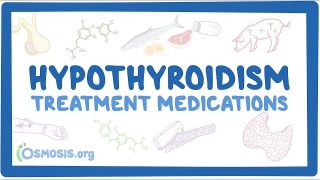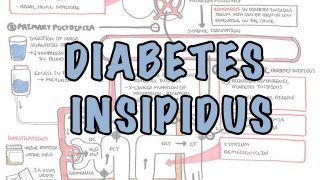Cushing Syndrome aka Hypercortisolism – MADE EASY
Cushing's Syndrome MADE EASY.
This video tutorial is brought to you by: Ali Feili, M.B.A., M.D.
✔✔✔ More on Cushing's syndrome: http://www.medical-institution.com/cushings-syndrome/
✔✔✔ Cushing's syndrome Mnemonic: http://www.medical-institution.com/cushings-syndrome-mnemonic/
✔ FREE Medical Videos: https://freemedicalvideos.com/
✔ Website: http://www.medical-institution.com/
✔ Facebook: http://www.facebook.com/Medicalinstitution
✔ Twitter: https://twitter.com/USMLE_HighYield
✔ Google Plus: https://plus.google.com/u/0/+Medicalinstitution
✔ Patron: https://www.patreon.com/medicalinstitution
✔ Pinterest: https://www.pinterest.com/medicalinstitut/
✔ Instagram: https://www.instagram.com/Medical_institution_USMLE/
This information is intended for educational purposes only, and should not be interpreted as medical advice. Please consult your physician for advice about changes that may affect your health.
This video explains Cushing's syndrome and how to differentiate between different types of Cushing's syndrome and also how to treat Cushing's syndrome.
What is Cushing's syndrome,
What is Cushings syndrome,
What is syndrome cushing,
What is syndrome de cushing,
cushings disease,
what is cushings disease,
what is cushing disease,
cushing syndrome disease
how to treat Cushing's syndrome,
cushing's syndrome treatment,
Cushing's syndrome presentation,
what does cushing's syndrome look like,





Very informative and helpful, thank you